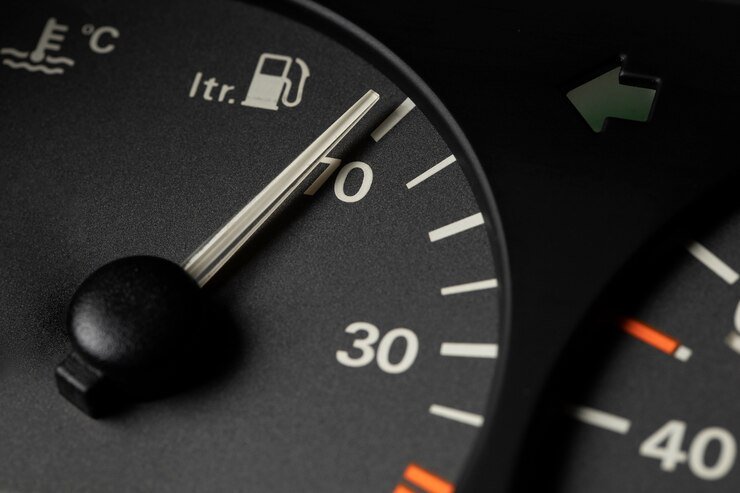miata power steering pump output flow rate

The Mazda Miata power steering pump output flow rate is a car born for driving enthusiasts. Its lightweight build and responsive handling have made it a beloved icon around the globe. But behind its unparalleled steering precision lies a crucial component often overlooked—the power steering pump. This system plays a vital role in ensuring smooth and controllable handling, but just how much do we know about it?
Specifically, the Miata power steering pump output flow rate is a key metric that influences the car’s performance and feel. Whether you’re a casual driver or someone upgrading for track performance, understanding this flow rate is essential. By the end of this post, you’ll know what the output flow rate is, why it matters, how to measure it, and how to optimize it for a better driving experience.
What Is a Power Steering Pump and Why Is It Important in the Miata?
At its core, the power steering pump is the heart of your car’s hydraulic steering system. It uses pressure from hydraulic fluid to assist in turning the wheels, reducing the effort required by the driver. Think of it as the unsung hero making your Miata’s smooth turns feel effortless.
Without a properly functioning power steering pump—especially one with the correct output flow rate—you might experience increased steering resistance, less responsive handling, or even steering failure in worst-case scenarios. For a car like the Miata, known for its sharpness and agility, a well-performing steering pump is non-negotiable.
Understanding the Miata Power Steering Pump Output Flow Rate
The output flow rate of the power steering pump simply refers to the volume of fluid the pump delivers per unit of time, usually measured in liters per minute (LPM). This rate controls how quickly the hydraulic system responds to your steering inputs.
For older Miata models (like the NA and NB generations), stock power steering pumps typically provide a flow rate of about 1.5–2.5 LPM under normal operating conditions. The NC and ND generations may have slightly different rates due to differences in steering system designs and pump configurations. This figure might not seem significant, but the output flow rate directly affects the “weight” and responsiveness of your steering.
Why the Output Flow Rate Matters for Miata Performance
The output flow rate plays a substantial role in defining the driving experience. Here’s why it matters for Miata owners:
- Steering Responsiveness
A higher flow rate results in faster fluid delivery, translating to quicker steering response. Lower flow rates, on the other hand, might delay responsiveness, which may suit highway driving but not spirited cornering.
- Steering Effort
The power steering pump reduces how much physical force is needed to turn the wheel, crucial during low-speed maneuvers like parking. A pump with a lower flow rate might increase the effort required to turn the wheel, especially if there is abnormal wear.
- Customization for Driving Style
Many enthusiasts modify their Miata steering system to adjust the output flow rate for specific uses. For example, autocross Miata drivers often prefer a lighter feel, while track racers aim for precision with moderate steering assist.
Whether you’re driving stock or on a racetrack, maintaining the proper flow rate ensures consistent handling and safety.
How to Measure the Output Flow Rate of Your Miata’s Power Steering Pump
Curious about your Miata’s power steering pump flow rate? Here’s how you can measure it:
Tools You’ll Need:
- Flow meter compatible with your vehicle’s hydraulic system.
- Pressure gauge to monitor system pressure.
- Hydraulic fluid reservoir.
Steps:
- Disconnect the Return Line
Remove your Miata’s power steering return line from the reservoir and direct it into a measured container.
- Install a Flow Meter
Install the flow meter inline with the pressure line, following the manufacturer’s guidelines.
- Run the Engine
Start the Miata and allow the pump to reach its operating condition (usually idle RPM). Observe the flow meter reading. Note the flow rate in LPM or GPM (gallons per minute). For accuracy, observe at various RPMs.
- Record Any Variations
Changes in flow rates at different RPMs or under stress could indicate wear or blockages in the system.
This process should only be done by someone experienced with mechanical systems or under the guidance of a professional mechanic.
Factors That Can Affect the Output Flow Rate
Several factors impact the performance of the power steering pump in your Miata, including:
- Wear and Tear
Over time, components like the pump’s internal seals and vanes wear out, reducing the flow rate.
- Temperature
Hydraulic fluid viscosity changes with temperature, which can alter the output flow rate slightly. Thicker fluid in cold conditions reduces flow, while heat can thin the fluid.
- Pressure Relief Valve
The pump’s pressure relief valve regulates fluid pressure. If it malfunctions or is improperly adjusted, the output flow rate may be affected.
- Fluid Condition
Old or contaminated fluid can obstruct flow within the hydraulic system.
Understanding these variables allows you to diagnose drop-offs in steering performance and address issues promptly.
Tips for Maintaining and Optimizing the Output Flow Rate

Keeping your Miata power steering pump output flow rate in optimal shape requires regular maintenance. Here are some tips:
- Regular Fluid Changes
Old, burnt, or contaminated hydraulic fluid affects pump efficiency. Replace fluid every 30,000-50,000 miles or as specified in your Miata manual.
- Inspect for Leaks
Check hoses, seals, and connections regularly for leaks that can lead to pressure loss and reduced flow.
- Pump Servicing
If you notice increased steering resistance or noise from the pump, it might be time for a rebuild or replacement.
- Upgrade for Performance
If you’re tuning your Miata for performance, consider installing a high-performance power steering pump or adjusting the system for a tailored output flow rate.
Real-World Experiences from Miata Owners
Miata enthusiasts often share valuable insights into power steering performance. For example:
- John W., a club racer: “After upgrading to a higher-output pump, my NA Miata’s steering feels incredibly responsive through the tightest corners.”
- Sarah P., a weekend autocross driver: “Switching to fresh fluid improved my steering feel immediately. I hadn’t realized how much old fluid was holding me back!”
- David L., a DIY mechanic: “Using a flow meter helped me pinpoint an issue with my pressure relief valve, saving me from replacing the wrong components.”
The Miata community is a fantastic resource for troubleshooting and upgrading your vehicle’s steering system.
Keep Your Miata Handling Like a Dream
The Miata’s steering system is a masterpiece of engineering, and its power steering pump plays a vital role in how your car handles every turn. By understanding and maintaining the Miata power steering pump output flow rate, you can keep your car in peak condition, whether you’re cruising down the highway or conquering hairpin turns on the track.
Have you checked the output flow rate of your Miata’s power steering pump? Share your experiences in the comments below and let us know what worked for you. And if you’ve been meaning to, don’t wait—grab a flow meter or visit your mechanic to give your Miata the attention it deserves!




